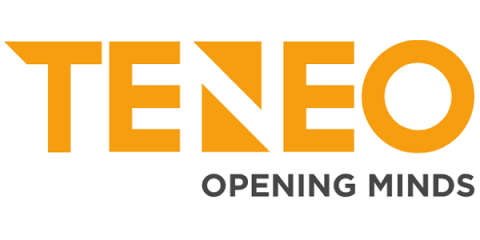Operations | Monitoring | ITSM | DevOps | Cloud
Latest Posts
Harnessing AI for Cybersecurity: Beating AI Attackers at Their Own Game
The Crucial Role of Microsegmentation in 2024: Enhancing Cybersecurity in a Hybrid World
Turkeys, Tech, and Table Settings: A Humorous Guide to IT Security at Thanksgiving Dinner
Let’s set the table a bit. As you know, in the U.S., Thanksgiving is coming up. And recently I had a conversation with my 83-year-old mother about Thanksgiving. Of course, we came across the inevitable parallels between Thanksgiving dinner and network security! That’s what you would be thinking when talking about Thanksgiving dinner with someone right? Before we dive into the feast, let me set the table.
Exploring the Intelligence Gap: Robocop and Cyber Criminals
As technology professionals, we must consider the evolution of security and its connection to literature, such as George Orwell’s “1984” and Aldous Huxley’s “Brave New World.” The digital threats we face are often unseen, lying dormant until they can be weaponized for both good and evil purposes. Advancements in machine learning and algorithms have revolutionized data analysis, allowing us to observe and analyze behavioral patterns both online and offline.
Hybrid Networks Don't Have to be Complex: How Simplification Changes the Game
Running a hybrid network requires a deep understanding of how data is transmitted, received, and processed, as well as knowledge of different hardware, software, and security protocols. Additionally, as technology evolves, new challenges and considerations arise, such as the integration of IoT devices, SaaS, containers, and the increasing importance of cybersecurity. Overall, computer networking is a constantly evolving field that requires ongoing learning and adaptation.
Strengthening Aviation Cybersecurity: Take Flight with Teneo and Akamai Guardicore
In today’s digital landscape, the aviation industry faces increasingly sophisticated cyber threats that can compromise the safety and security of critical systems. To combat these challenges, the Transportation Security Administration (TSA) has implemented new cybersecurity requirements. In this blog post, we’ll explore how Teneo, in collaboration with Akamai Guardicore, can help aviation organizations meet these requirements and strengthen their cybersecurity defenses.
Simplifying Everyday Network Management: How AI is Changing the Game
Artificial Intelligence (AI) is the current buzz word in IT with AI promoted as the magic ingredient for improving business performance across a wide range of areas. But how, specifically, does AI enhance Network Management? The idea that computers can manage themselves is nothing new.
Simplifying Network Security: How AI is Changing the Game
As companies come to rely on digital systems in everything they do, network security has become more important than ever. Unfortunately, with that digital transformation comes complex networks to support it, and thus complex network security.
Stop Viewing Cybersecurity as an Expense
Nine. Million. Dollars. Well, $9.44 million to be exact for your average data breach according to the latest report from IBM, Cost of a Data Breach Report 2022. From 2017 to 2022, that number has only continued increasing from $7.35 million, an almost 30% increase in just five years. For a small company, a security breach can be the difference between staying open or closing the business. And for a Fortune 500 enterprise, that cost will be more severe.


